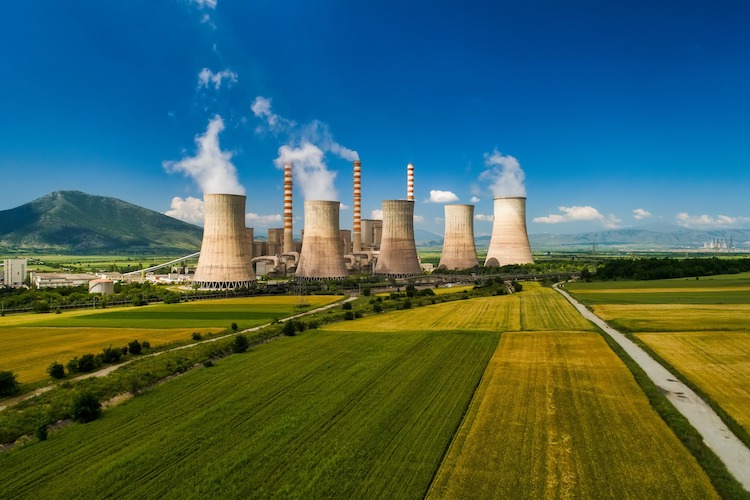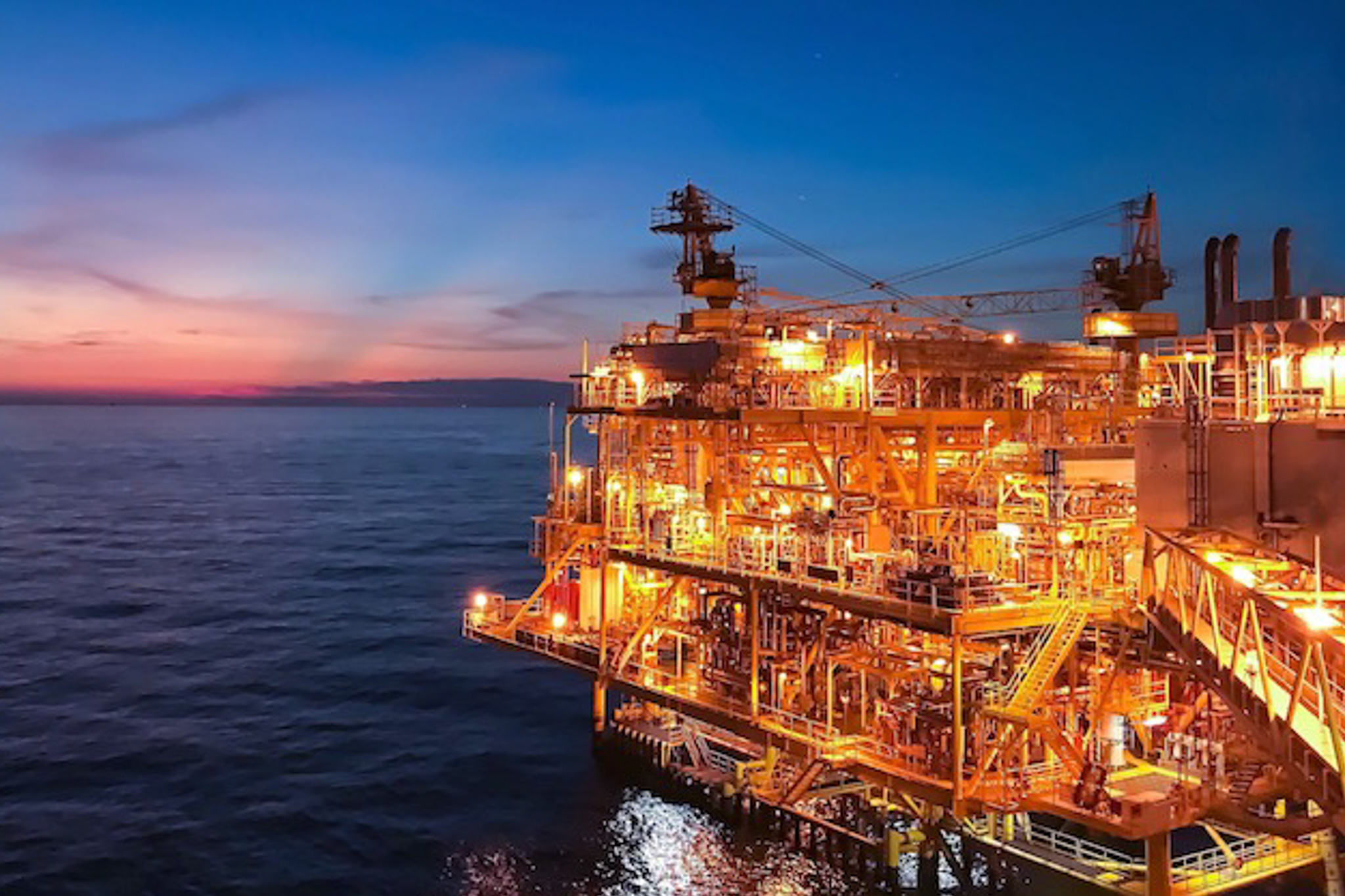Field Measurements
Sensor Measurement Testing, Calibration, Monitoring, and Troubleshooting Services
Sensing Systems personnel travel around the world performing tests, installing sensors and acquiring data. Our services are used to diagnose equipment problems, determine structural integrity and validate analytical models.
Stress, strain | Force, torque, power | Displacement | Acceleration | RPM



Incorporating a Sensor Into a Product
IN-HOUSE SERVICES
- Sensor Design
- Calibration and Gaging Services
FIELD SERVICES
- Measurement of torque and horsepower in rotating equipment
- Stress/Strain Measurements of Plant Components
- Measurements in Harsh Environments
- MOV and AOV Strain Gage Instrumentation
- Measurement of Thrust and Torque on Valves and Rotating Equipment
- Structural Integrity Tests (SITs)
- Permanent and Temporary Monitoring Systems
- Design and Manufacture of Custom Sensors
Our measurement services are used to quantify operating parameters, aid with diagnostics and preventive maintenance, and troubleshoot causes for equipment failure.
Sensing Systems specializes in conducting measurements and manufacturing sensors to operate in harsh environments such as:
- High Temperature
- Low / Cryogenic Temperature
- Underwater / High Humidity
- High Magnetic Fields
- Chemical / Corrosive
Gaging Services & In-Situ Calibrations
STRAIN GAGING SERVICES
Sensing Systems personnel travel the world performing field strain gaging on machinery and structures of every size and in all environments. We discuss the requirements of the project with our customers and make recommendations related to the type of measurement, configuration, number of gages, location, bonding orientation, wiring, and environmental protection issues. Alternatively, we will perform all work following our customer’s instructions and procedures. Zero balancing instead of shunting is performed to maximize signal levels and each installation is waterproofed to ensure long term reliability. Cables are routed from the strain gages to signal conditioning and data acquisition equipment.
IN-SITU CALIBRATIONS
In-situ calibrations consist of applying known loads to the instrumented part or component in the field. In-situ calibrations require the design and manufacture of fixtures based on the individual requirements of each project. Calibration adaptors / fixtures and NIST traceable load cells are used to apply known loads. These loads are correlated to the signal obtained from the strain gages to generate a calibration factor to convert raw data to engineering units.
Equipment Troubleshooting
Sensing Systems has been involved in hundreds of projects to determine the causes of equipment malfunction, inefficiency or failure. We install and monitor sensors to obtain real time measurements during equipment operation. We have pinpointed fatigue failure, dynamic stresses, misalignment, vibration, thermal stresses, insufficient cross sections and other reasons as the root cause for failure of structures and equipment. We offer a full range of field testing services reaching all industry, government and educational sectors. We specialize in acquiring measurements used to determine operating conditions of equipment and structures. These measurements are used to diagnose problems, establish operating performance, determine compliance and recommend improvements.
Our measurements include:
- Strain
- Stress
- Temperature
- Pressure
- Displacement
- Torque
- Power
- Force
- Voltage, Current, Resistance
Excessive and erratic values of any of the measurements listed above may lead to malfunction and failure. Short and extended time histories provide valuable insight into the actual operating conditions of the equipment and processes being tested. These conditions are then analyzed to provide a course of action to solve the existing problem. All sensors are installed in the field and connected to state of the art data acquisition systems. Our systems can acquire data at extremely high sampling rates using high quality signal conditioning and with filtering and analysis capabilities. The quantity of measurements may start at 1 and up to 500+ channels using all types of sensors. Analysis of the measurements provides clues and answers to the causes of equipment malfunction, structural failure or degradation in performance. Trending of critical parameters is used to schedule critical maintenance, modify processes and avoid catastrophic failures.
Field Testing / All Measurements
We specialize in acquiring measurements used to determine operating conditions of equipment and structures. These measurements are used to diagnose problems, establish operating performance, determine compliance and recommend improvements.
Our measurements include:
- Strain
- Stress
- Temperature
- Pressure
- Displacement
- Torque
- Power
- Force
- Voltage
- Current
- Resistance
- Soil Pressure
All sensors are installed in the field and connected to state of the art data acquisition systems. Our systems can acquire data at extremely high sampling rates using high quality signal conditioning and with filtering and analysis capabilities. The quantity of measurements may start at 1 or all the way up to 500+ channels using all types of sensors.
SPECIAL SENSORS
Sensing Systems has developed special sensors to be used in field testing projects where no existing device is commercially available. Examples include soil pressure sensors to measure the pressure applied by settling or moving soil over time. We have instrumented sections of reinforcing bars used in construction to measure strain/stress in concrete structures over time. We refer to these sensors as “Sister Bars”. In several projects we have removed and instrumented existing components, calibrated them in the laboratory and re-installed them prior to field testing.
PORTABILITY
Many applications require that testing be performed on a moving platform such as automobiles, bicycles, park rides, etc. Sensing Systems’ equipment and procedures support such testing. The test planning and execution phases must pay special attention to power requirements, acceleration levels and test duration to ensure a successful outcome.
ACCURACY
The accuracy of field measurements varies according to the sensors being used. For most sensors that have been calibrated in the laboratory and installed in the field, accuracies in the range of 0.1 % to 1 % of full scale are typical. Strain and stress measurements require sensors such as strain gages which depend on the installation material for their accuracy. Field accuracies range from 3% to 5% of full scale. Sensing Systems has pioneered the use of in-situ calibrations for strain gage measurements. We design and manufacture the required fixtures and apparatus to apply a known load to the structure and measure the corresponding output. Using this approach the accuracy may be improved to 0.5% to 1% of full scale.
Monitoring / Data Aquisition Systems
Sensing Systems offers a wide range of data acquisition systems specifically tailored to fulfill the requirements of any monitoring application. Monitoring and data acquisition systems vary in scope from very simple to very complex installations including hundreds of measurements.
Sensing Systems designs sets up and installs monitoring systems of any size and complexity. We install sensors, signal conditioning, software and setup the complete system to acquire, store, save, analyze and display measurement data. We also install communications hardware
and software to allow any data acquisition system to communicate and transfer data with a remote computer. Our experience and relationships with data acquisition manufacturers allow us to assemble, setup and install the best monitoring system for the application.
COMPUTER BASED DATA ACQUISITION SYSTEMS
Sensing Systems utilizes state of the art computer based data acquisition systems. The equipment can sample at rates as low as once per day and up to 1,000,000 samples per second. Data may be acquired and submitted in different formats for further review and analysis by our customers. Filtering may be performed during acquisition or digitally following data acquisition. Data analysis such as rainflow may be performed real time by our equipment.
Sensing Systems provides turnkey systems to accomplish any desired measurement task including acquisition, storage, transmission, display and analysis.
SIGNAL CONDITIONING EQUIPMENT
Signal conditioning equipment is used to convert low level signals from sensors to high level signals for input into the acquisition system. Signal Conditioning equipment configurations are optimized on the basis of number of measurements in the test program, distance between sensors and equipment, required sampling rates, available power and environmental considerations.
SENSORS
Sensing Systems installs any type and number of sensors. The sensors may include those manufactured by Sensing Systems or by any other manufacturer. The following is a sampling of the type of sensors installed by Sensing Systems with monitoring and data acquisition systems:
- Strain
- Stress
- Temperature
- Pressure
- Displacement
- Torque
- Power
- Force
- Voltage
- Current
- Resistance
- Soil Pressure
All of our sensors are capable of communicating or interfacing with computer based data acquisition systems. Sensing Systems provides the hardware (i.e. A/D cards, “black boxes”) and acquisition software to interface any sensor to PC based systems. We can also interface sensors from other manufacturers to operate with our data acquisition systems.
PERMANENT MONITORING SYSTEMS
Sensing Systems installs permanent monitoring systems in the field or in the laboratory. Implementation, planning and installation of permanent systems require a clear understanding of the project objectives. Data acquisition equipment selected for permanent systems usually incorporates communications capabilities using telephone connections or wireless systems for
downloading data to computers at the customer facilities. Our acquisition systems have been left to operate unattended for years at a time while being able to download data to a remote computer using telephone lines. This setup is especially desirable when the location of the monitoring equipment is in a remote or inaccessible location.
PORTABILITY
Many applications require that testing be performed on a moving platform such as automobiles, bicycles, park rides, etc. The test planning and execution phases must pay special attention to power requirements, acceleration levels and test duration to ensure a successful outcome. Sensing Systems’ equipment and procedures support such testing.
DATA LOGGERS
Sensing Systems has setup and interfaced data loggers to all types of sensors for continuous data acquisition and monitoring of test and process variables. The data loggers we use are capable of communicating with computers either directly or through telephone or internet links when installed in remote locations.
TECHNICAL ASSISTANCE
Sensing Systems engineers will analyze your project requirements and recommend a monitoring or data acquisition system to accomplish your objectives.
Torque & Horsepower Measurements
Power plants, process plants, ship operators, movable bridge owners and pharmaceutical labs require accurate knowledge of torque and power in their rotating machinery to monitor or control their operation. The power delivered and consumed by engines, motors, turbines, propellers or waterjets provides an indication and diagnostics of several operational parameters including:
- Efficiency
- Relationship between driving and driven equipment
- Changes or deterioration over time
- Torsional vibration induced fatigue
- Misalignment
- Fuel consumption
- Torque/Horsepower vs. RPM curves
- End Point Mixing determination
Sensing Systems performs accurate torque and horsepower measurements using bonded strain gages and wireless telemetry systems. We also install permanent systems in critical components to constantly monitor torque and Power. We have performed these measurements on industrial equipment and a number of vessels. Industrial customers include several steel manufacturers, fossil, hydroelectric plants and several pharmaceutical companies. Many projects have included permanent installations. Vessels have included 900 ft. long Navy Destroyers, supplies boats, high speed ferries, fishing vessels and pilot boats.
TECHNOLOGY
The technology to measure torque and power is the same regardless of customer, equipment size or application. Two measurements must be obtained: Torque and Rotational Speed (RPM). Torque is measured using bonded strain gages whereas RPM is measured using hand held devices, encoders, magnetic pickups or any other rotational pulse type signal. For Field Measurements, torque is measured by bonding a full Wheatstone strain gage bridge to the shaft selected for testing. The signal is sent to the data acquisition equipment using a wireless/telemetry system. The signal, which is proportional to torque, is acquired by data acquisition equipment consisting of a computer, data loggers or multimeter. Horsepower is obtained by combining the torque and RPM measurements in the equation: Horsepower = Torque (lbs.ft) x RPM / 5250. Any valid units may be used for torque and power measurements.
For Permanent Installations, torque and RPM are measured using the same sensors. Using inductively coupled transmission systems or slip rings (when appropriate) accomplishes transmission of the signal. The data acquisition system typically consists of a display meter with an analog or digital output for connection to a computer based installation.
PERMANENT INSTALLATIONS
Permanent installations are performed to constantly monitor torque and power when the use of standard rotating torque sensors is not possible. Such is the case when additional length in the drive train is not available to accommodate a standard transducer. The existing shaft is converted into a sensor with the installation of strain gages. In several projects Sensing Systems has instrumented and calibrated a drive train shaft in the laboratory prior to its installation in the equipment. In most cases, however, the permanent installation is performed in the field.
APPLICATIONS
Torque and power measurements are used throughout industry in a wide variety of applications. Sample projects include monitoring engine performance, balancing movable bridges, pharmaceutical mixing operations and racecar testing. Any applications involving transmission of power using rotating shafts are candidates for torque and power measurements.
FIELD MEASUREMENTS
Sensing Systems personnel travel anywhere in the world to effect torque and power measurements. We have pioneered the use of in-situ calibrations to increase the accuracy of field measurements to a level equivalent to laboratory measurements.
STRAIN GAGE INSTALLATIONS
Sensing Systems installations are unique and different from other companies. Sensing Systems installs a minimum of four strain gages arranged 180 degrees apart. This configuration cancels unwanted effects (i.e. bending) from the measurement. The use of four gages provides inherent temperature compensation. We also perform zero balancing in the field (instead of shunting) to utilize the full range of wireless/telemetry and data Inquisition equipment. All installations are coated or waterproofed as required by the surrounding environment.
IN-SITU CALIBRATIONS
In-situ calibrations consist of applying known torque loads to a drive shaft instrumented in the field. In-situ calibrations require the design and manufacture of fixtures based on the individual requirements of each project. Loading arms and NIST traceable load cells are used to apply known torque loads. These loads are correlated to the signal obtained from the strain gages to generate a calibration factor.
ACCURACY
The accuracy of torque and power measurements is different for non-calibrated and calibrated installations. The accuracy also depends on the shaft material where the strain gages are installed. Typical accuracies for non calibrated installations are between 3% and 5% of full scale and depend on how well the shaft material properties are known. Accuracies for calibrated (laboratory or in-situ) installations are between 0.25% and 1% of full scale and depend on the quality of the shaft material. Knowledge of shaft material properties is not required for calibrated installations.
TECHNICAL ASSISTANCE
Our engineers are ready to discuss specific applications and measurement requirements. A brief description of your equipment, maximum expected torque and rotational speed are all that is necessary to provide a technical recommendation. We will also discuss your accuracy requirements to determine if a calibration is required. At your request we will submit a technical and financial proposal for your consideration.
